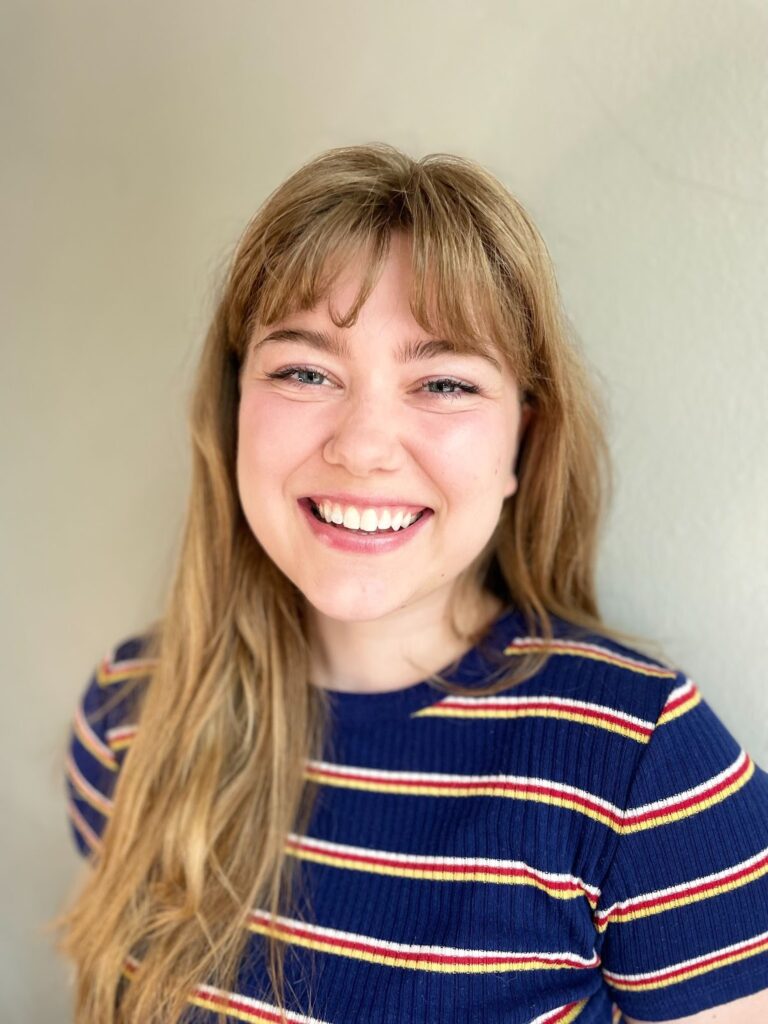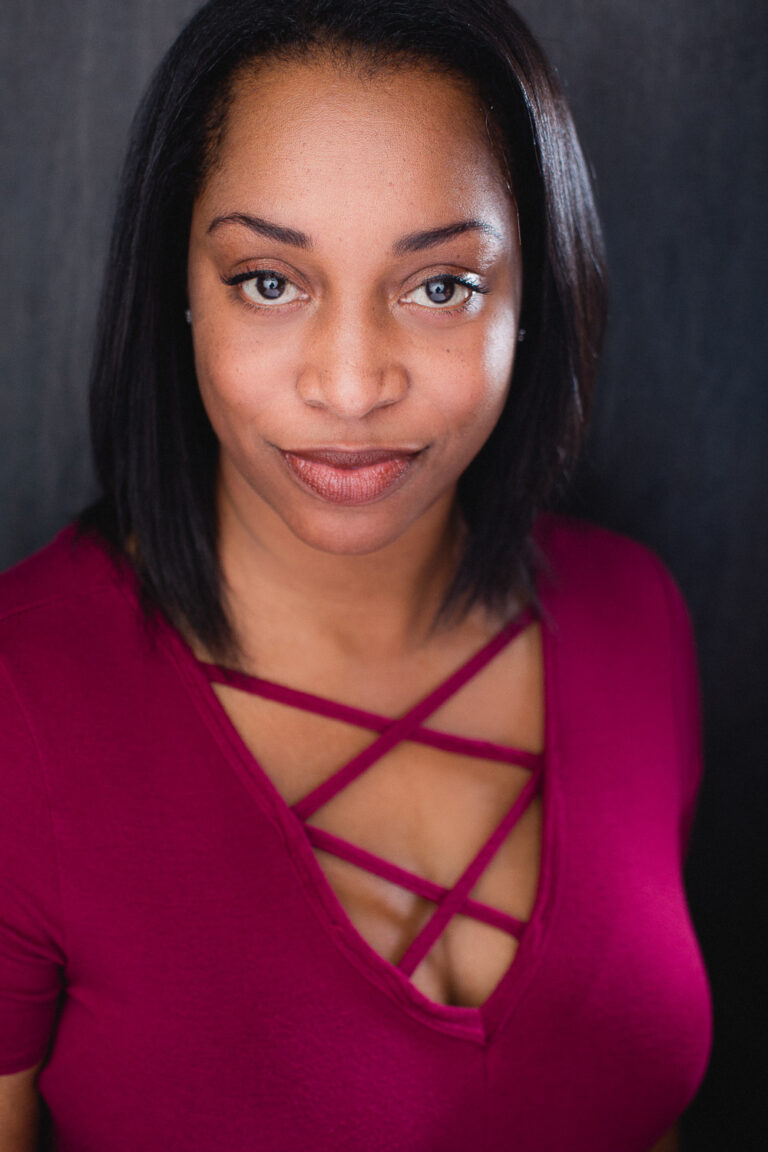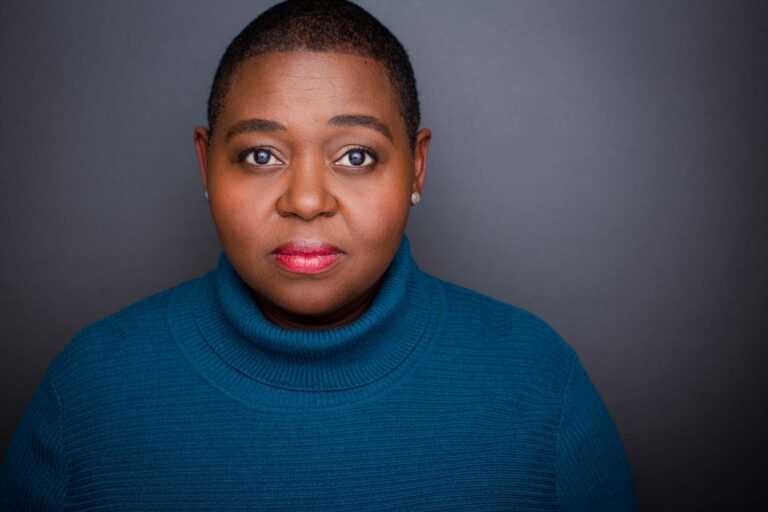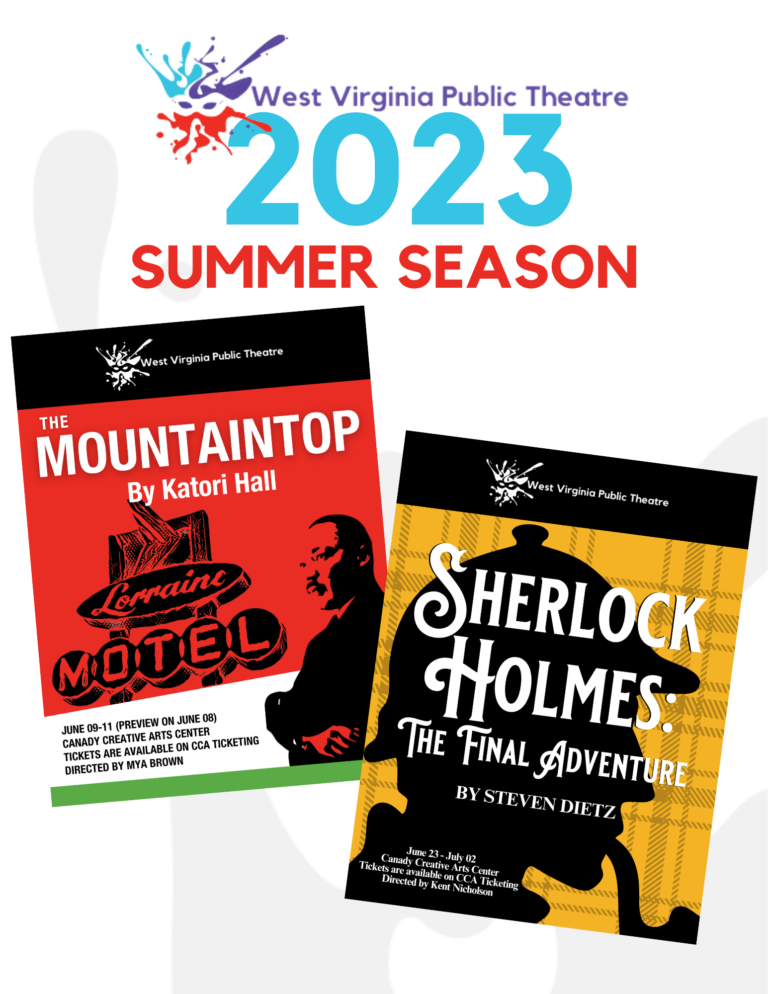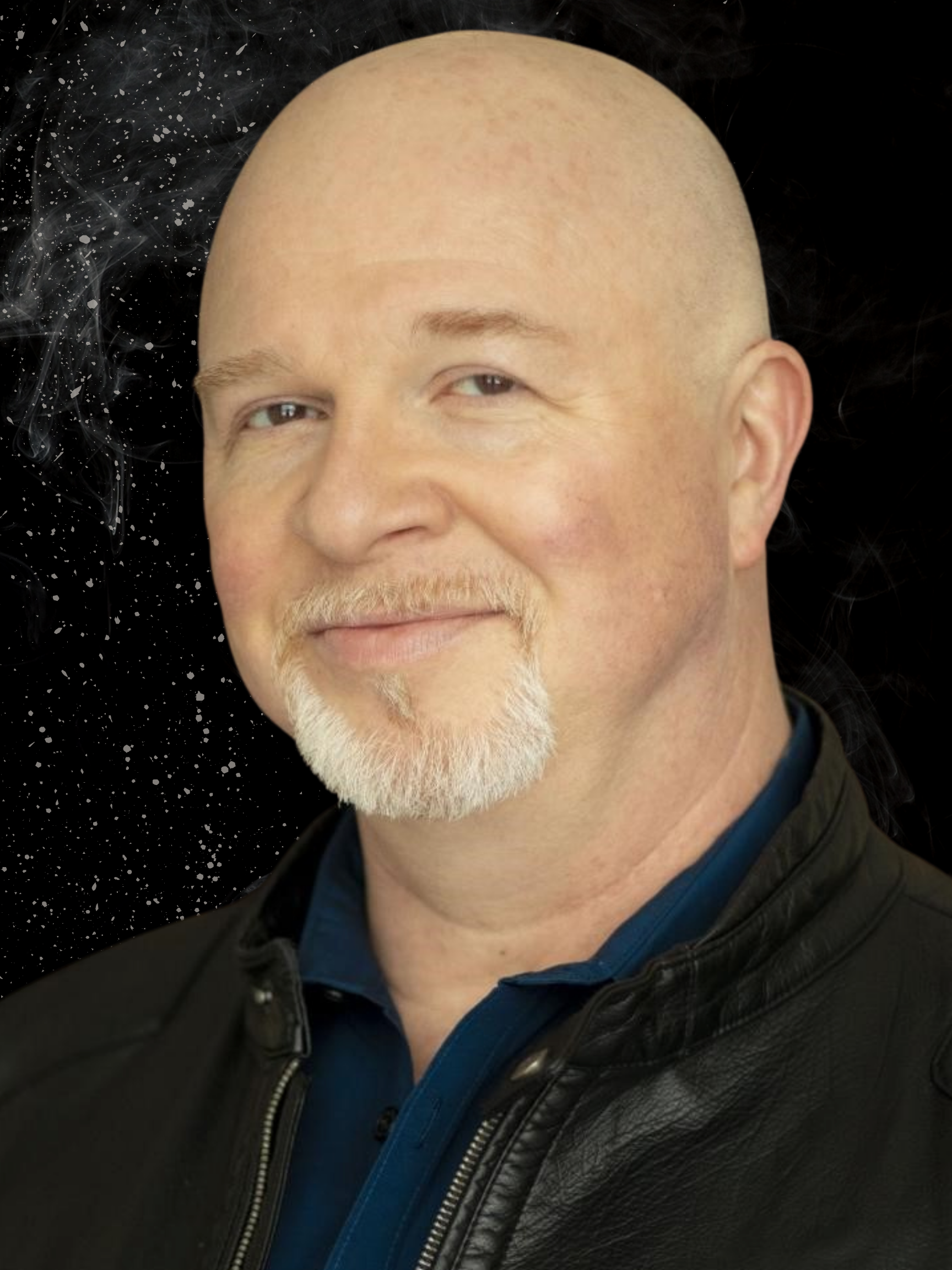
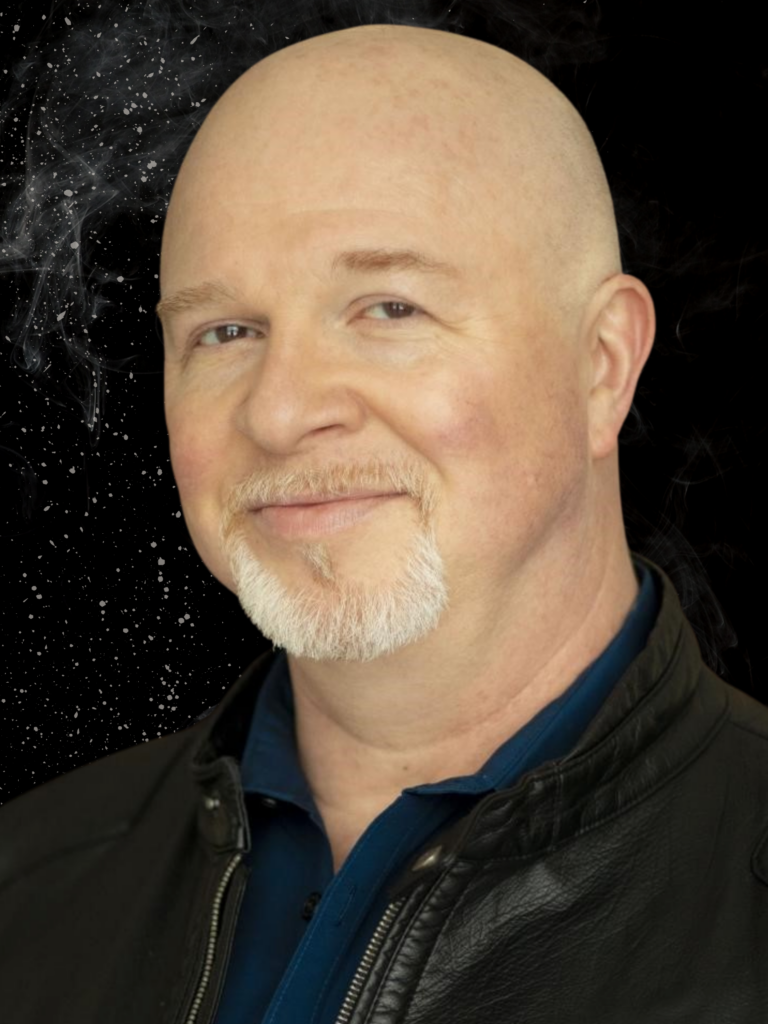
Interview with Lee Blair | A Christmas Carol Live Radio Show
Written by Micah C. Beachy
Lee Blair (Director) has helmed WVPT productions The 39 Steps, Peter and the Starcatcher, Young Frankenstein, and A Funny Thing Happened on the Way to the Forum. Professional directing credits include School for Lies, The Sugar Bean Sisters, Honky Tonk Angels and A Christmas Carol, all for Greenbrier Valley Theatre (Lewisburg, WV). Academic: Assoc. Professor of Acting & Directing at West Virginia University (Director- Assassins, Seminar, The Moors); Production director for TN Governor’s School for the Arts. Acting credits: off-Broadway, New York and Regional including WVPT (The Fantasticks, A Christmas Carol, It’s A Wonderful Life). Actors’ Equity Association (since 1997). Stage Directors and Choreographers Society (Associate member). “A Christmas Carol #5 for me!”
Interviewer: Hello, Lee! Thank you very much for taking the time to speak with me. First off, what was the casting process like for this project? With it being radio-based?
Lee: It was a different process due to it being a radio play. All of the auditions were voice-overs. So for me, I really listened for how they told the story, what they did with narrative sections versus more active ones, and their aptitude for the two dialects we were working in: RP – Received Pronunciation, or the Queen’s English, and Cockney. Did they create specific voices and sounds for different characters? How were their storytelling skills? It was fun to hear how creative actors were with their storytelling and a connection to characters through their voices.
Interviewer: What does this project mean to you?
Lee: Since we’ve been dealing with the pandemic since March really, theatre has pretty much been shut down. To be able to be back (safely) in a performance space with actors, designers, technicians, and for this project, cameramen and sound engineers, this Christmas Carol was a true blessing and joy.
I got to work with colleagues, former students, former WVPT actors, designers, and our musical director along with one new actor so it was a great deal of comraderie, creativity, fun, memories old and new. And they all are so talented and make me look good as a director.
This is my fifth Christmas Carol in my career: three times acting and two times directing. I’ve been Young Scrooge, Marley, The Ghost of Christmas Future, and Scrooge himself. I’ve directed a production with over 35 in the cast and this one of nine so I’ve run the gamut. I’m sure there’s one or two more in store along the way.
Interviewer: How did you approach directing this version of A Christmas Carol?
Lee: The execution and performance of a radio play are a bit different from a regular stage show. My experience in acting in them is you don’t memorize the script because you aren’t living fully in a given world with other people, places, and things like a straight play or musical. So memorizing isn’t helpful or really possible, there’s no real blocking or moving around a set. It is an elevated version of storytelling with a script and a microphone and your fellow actors.
Early on in our nine-day rehearsal period, we read the script three or four times straight through so the actors could get familiar with the words, the phrases, the characters, and the stories. The actors did dialect work with our dialect coach, Brianne Taylor; a process involving sound substitutions, sound samples of dialects, vocal posturing of the lips, teeth, tongue, and mouth, and more. We discussed relationships, status both in class and economics, the history and life of that time in England, and both religious and fantastical imagery.
Then I tried to do my job of helping shape moments of the story, giving notes and direction for how characters might connect or react to situations in Dickens’ story. We worked to keep the pace lively and we cut a great deal rehearsal to rehearsal of Andrew Lyons’ script adaptation.
Interviewer: What was the rehearsal process like?
Lee: The rehearsal process was quite productive for nine days and it was just a lot of fun. Again, fun to be back with actors, designers, and technicians working in our world, working to entertain and working safely and securely.
The early Zoom rehearsals were very good. Early on in any rehearsal process you spend a lot of time reading and talking through the script. The Zoom rehearsals were very similar but we just weren’t sitting around a table in a big room; we were at our desk or kitchen table or sitting on the couch in our homes.
We were lucky to be in the Clay Theatre, the performance space after about three or four Zoom rehearsals. The designers and technical staff did a great job getting the stage, the mics, sound system, backdrop, platforms, etc. all ready so quickly. Since we are living in the pandemic times, the Clay hasn’t been used for performances so we had plenty of time.
Once in the space, we worked with the mics – something actors don’t get a lot of experience usually in regard to the stage. We added music and songs. Lighting came into play soon after that as well as a few costume pieces like hats, shawls and scarves to help the actors get an extra feel with the characters. Then the cameras and staff from West Virginia Public Broadcasting for the recording. We built the show step by step and that’s the same with any theatrical production.
Interviewer: What should audiences be excited about in this adaptation?
Lee: It is a new adaptation by WVPT and WVU alum Andrew Lyons. Having been in multiple productions of Carol himself, he wanted to have a go at an adaptation. He took Dickens’ original text and added a narrator, took familiar and not-so-familiar characters from the book, and told the story in a new but memorable way. In the development of the script and in rehearsal we discussed how certain versions of Christmas Carol feature different characters or focus on different ones. We had both done versions where Fred, Scrooge’s nephew, was just in one scene and really quickly set some history with his uncle and we never see him again. Other versions, like this one, feature Fred a bit more prominently. So, what is old is new; what is new is familiar to all.
While it’s the same Christmas Carol story we all love, it is different to just hear it and not see it acted out. Charles Dickens’ original title was A Christmas Carol. In Prose. Being a Ghost Story of Christmas. While Christmas is the main setting or time frame, it’s a ghost story. It needs to be spooky and scary! And to hear the Narrator (Cathy O’Dell) express the extremely descriptive imagery of Christmas time in England, the food, the home-life and the poverty of the time, and the horror and terror-filled moments associated with these four different ghosts that haunt Scrooge is incredible. It still has a happy ending; don’t worry!
Spoken-word, as opposed to a live stage show, allows the listener to create in their mind their own visions and images from the words of the actors or storytellers. And that may be a new experience for our listeners.
For updates on all things happening at WV Public Theatre, follow us on social media platforms @wvpublictheatre.
